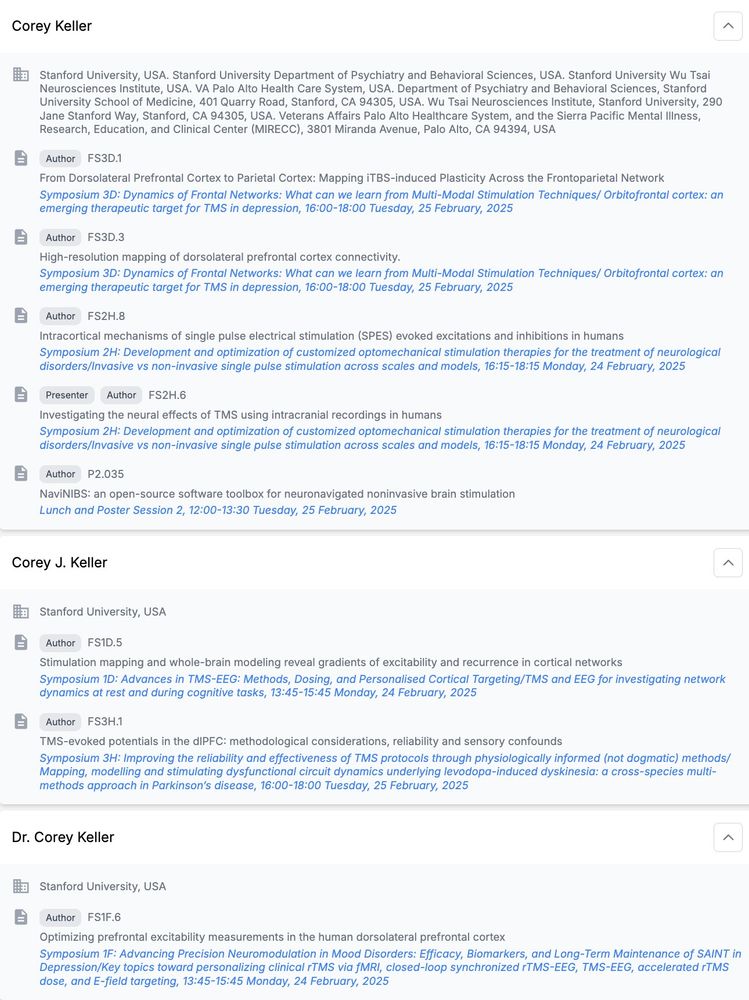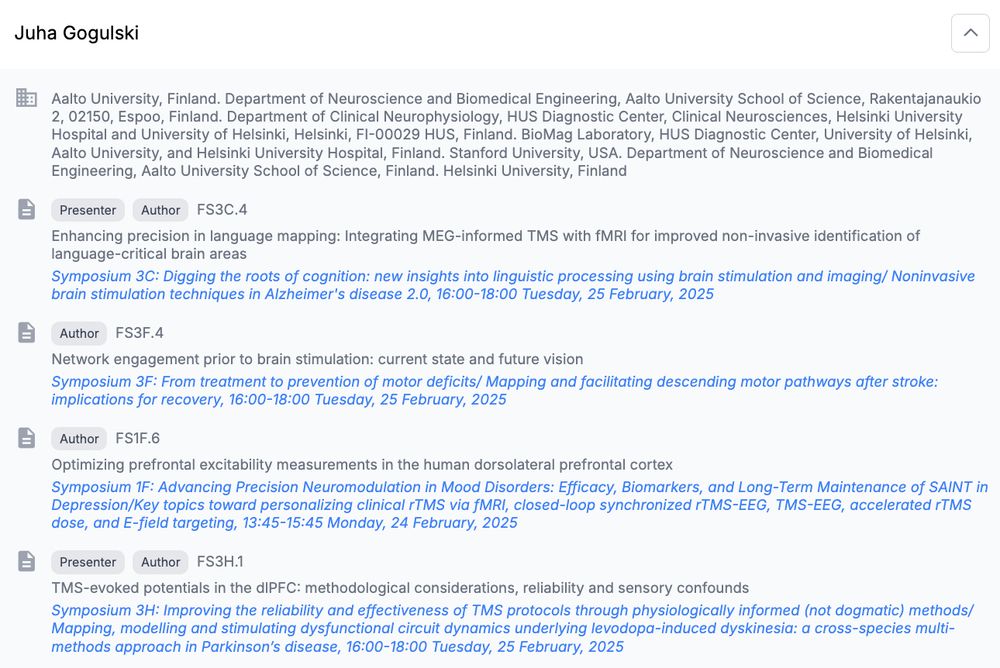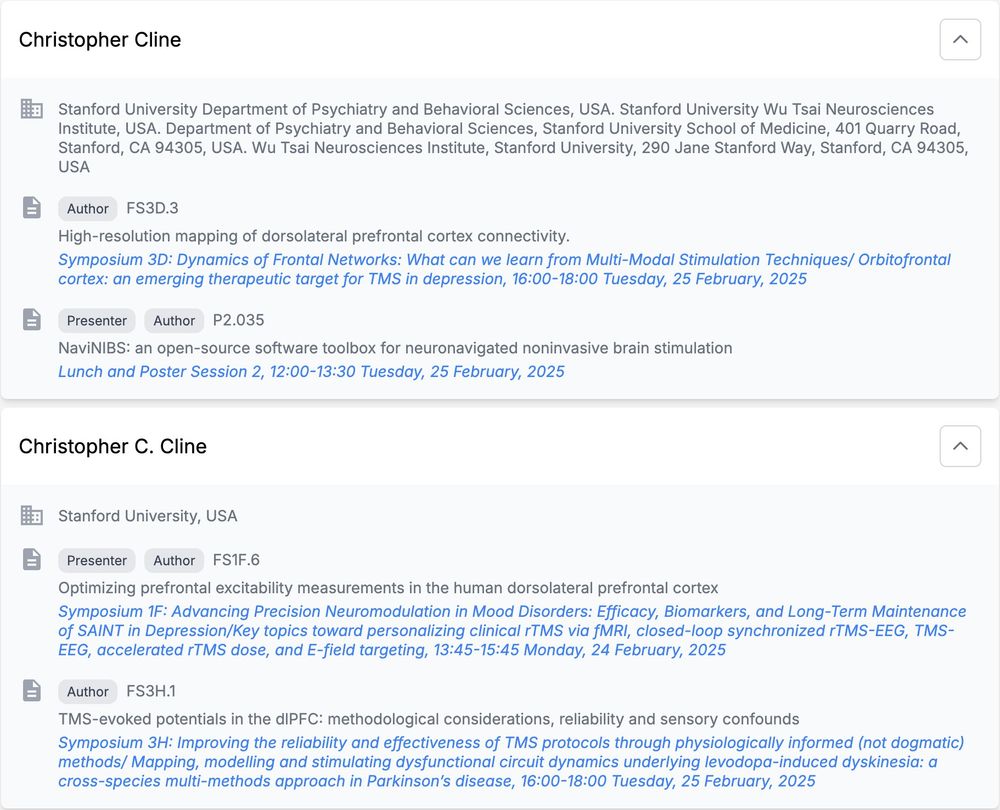
🧠 We are #hiring! Postdoc @stanfordmedicine.bsky.social: help us develop closed-loop EEG platforms to improve TMS treatment for depression! Coding and neuroscience / engineering backgrounds required. Join our team! precisionneuro.stanford.edu email: ckeller1@stanford.edu
18.02.2025 21:35 — 👍 14 🔁 17 💬 2 📌 1

DLPFC Stimulation Suppresses High-Frequency Neural Activity in the Human sgACC
Transcranial magnetic stimulation (TMS) to the dorsolateral prefrontal cortex (DLPFC) is hypothesized to relieve symptoms of depression by inhibiting activity in the subgenual anterior cingulate corte...
When we use TMS to treat depression, we think it alters neural activity in a deep brain structure known as the subgenual anterior cingulate (sgACC). But this is hard to test directly, until our preprint with @coreykeller.bsky.social, @neuro-engineer.bsky.social, Nick Trapp, and Aaron Boes (UIowa) 1/
09.04.2025 23:12 — 👍 21 🔁 8 💬 1 📌 0
Redirecting
🧠 NEW PAPER: How do we capture excitability noninvasively in mood and emotion networks in the human brain? Here, we used real-time optimization to improve these measures!
@sparmi.bsky.social @stanfordpntlab.bsky.social @clinicalneuroph.bsky.social doi.org/10.1016/j.clinph.2025.02.261 1/7
09.04.2025 23:25 — 👍 14 🔁 7 💬 2 📌 0
And to the rest of the amazing team and resources! 7/7
@coreykeller.bsky.social
@juhagogulski.bsky.social
@jessicamross8.bsky.social
@stanfordpntlab.bsky.social
@stanfordmedicine.bsky.social
Manjima Sarkar, Jade Truong, Lily Forman!!
09.04.2025 23:25 — 👍 0 🔁 0 💬 0 📌 0
Big shout out to my co-first author 👏
@chrisclineneuro.bsky.social
09.04.2025 23:25 — 👍 0 🔁 0 💬 1 📌 0
Interested in learning more? Read the full paper in Clinical Neurophysiology! doi.org/10.1016/j.cl... 5/7
09.04.2025 23:25 — 👍 0 🔁 0 💬 1 📌 0
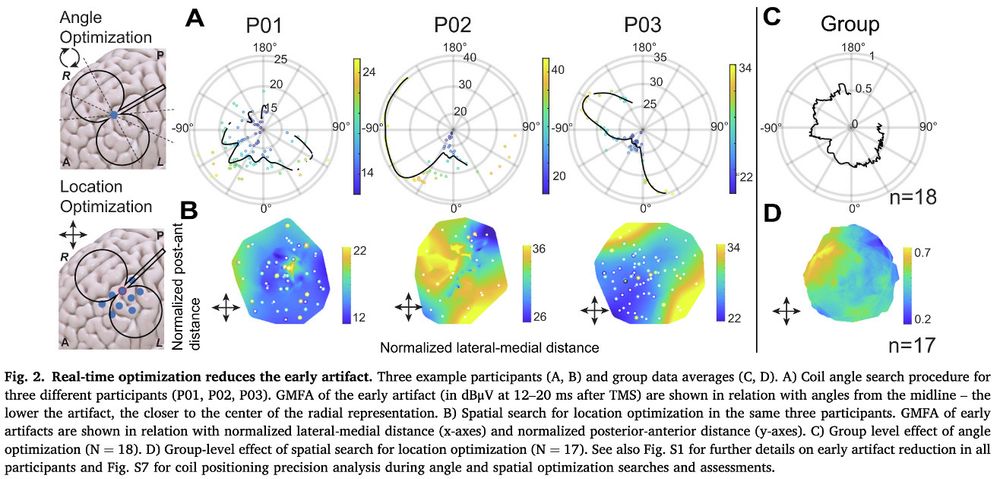
Key findings: Optimization reduced artifacts by 63% and increased early local TMS-evoked potentials (EL-TEPs), a measure of prefrontal excitability, by 75%! #EEG #TMS #TMSEEG 4/7
09.04.2025 23:25 — 👍 0 🔁 0 💬 1 📌 0
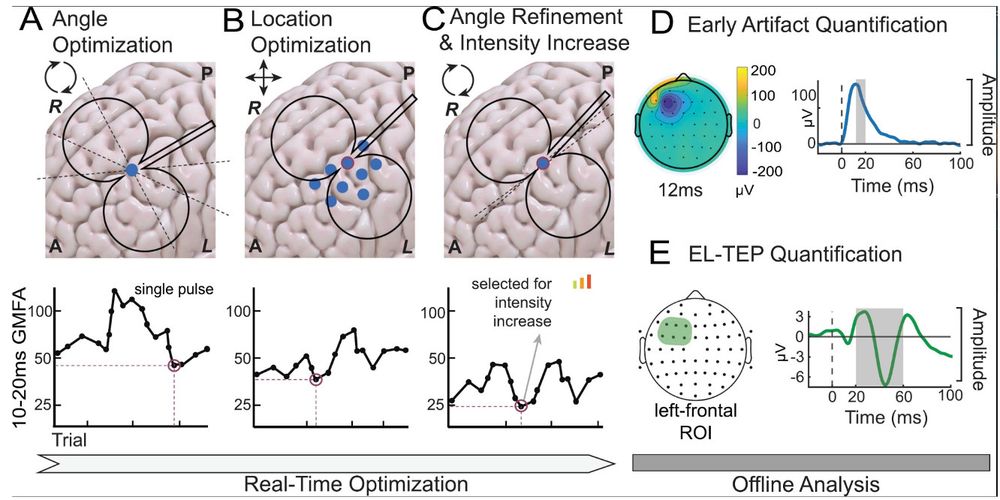
We introduce a novel method for optimizing TMS parameters in the dlPFC. Based on EEG responses, this closed-loop procedure optimizes TMS coil angle, location, and intensity in real time. 3/7
09.04.2025 23:25 — 👍 0 🔁 0 💬 1 📌 0
Why is this important? The dlPFC is a depression treatment target, but we need clinic-ready ways to measure stimulation effects. TMS-EEG can help, but artifacts obscure responses. 2/7
09.04.2025 23:25 — 👍 1 🔁 0 💬 1 📌 0
Redirecting
🧠 NEW PAPER: How do we capture excitability noninvasively in mood and emotion networks in the human brain? Here, we used real-time optimization to improve these measures!
@sparmi.bsky.social @stanfordpntlab.bsky.social @clinicalneuroph.bsky.social doi.org/10.1016/j.clinph.2025.02.261 1/7
09.04.2025 23:25 — 👍 14 🔁 7 💬 2 📌 0
Bluesky
This builds on influential work by
@foxmdphd.bsky.social
@shansiddiqi.bsky.social
@desmondoathes.bsky.social and many others. It would not have been possible without the support of UIowa, Stanford, and generous funding from the NIH/NIMH.
reposted from @esolomon.bsky.social
09.04.2025 23:12 — 👍 3 🔁 0 💬 0 📌 0
It’s important to be clear that we only had two neurosurgical patients to test these effects, so these findings need replication. But these data so far seem to align with a major hypothesis in the field: DLPFC TMS specifically alters population-level neural activity in the sgACC. 5/
09.04.2025 23:12 — 👍 1 🔁 0 💬 1 📌 0

We were surprised to find that, despite anticorrelated HFA signals, TMS seemed to increase phase-locking in lower frequencies (alpha and theta) between sgACC-DLPFC. Could this be a mechanism by which the DLPFC influences sgACC activity? 4/
09.04.2025 23:12 — 👍 0 🔁 0 💬 1 📌 0

HFA signal in the sgACC was inversely correlated with HFA signal in the DLPFC, meaning that as DLPFC activity increased following TMS, sgACC activity decreased. This mirrors what we’ve known from fMRI for a long time, but now shown with direct in-vivo measures of neural activity. 3/
09.04.2025 23:12 — 👍 0 🔁 0 💬 1 📌 0
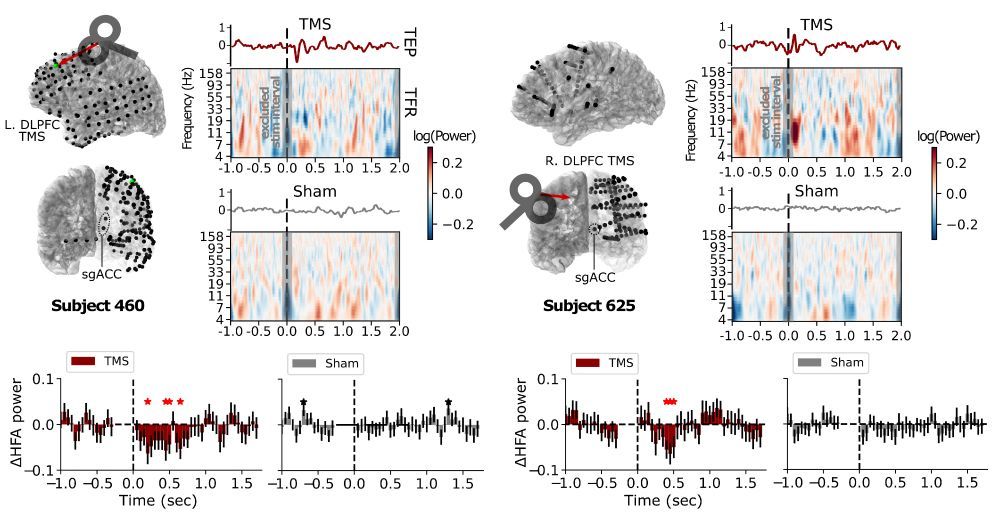
Stimulation to the DLPFC may tamp down an overactive sgACC and relieve symptoms of depression. By stimulating the DLPFC with TMS in two neurosurgical patients with electrodes implanted within the sgACC, we found a reduction in high-frequency neural activity – a correlate of population spiking. 2/
09.04.2025 23:12 — 👍 0 🔁 0 💬 1 📌 0

DLPFC Stimulation Suppresses High-Frequency Neural Activity in the Human sgACC
Transcranial magnetic stimulation (TMS) to the dorsolateral prefrontal cortex (DLPFC) is hypothesized to relieve symptoms of depression by inhibiting activity in the subgenual anterior cingulate corte...
When we use TMS to treat depression, we think it alters neural activity in a deep brain structure known as the subgenual anterior cingulate (sgACC). But this is hard to test directly, until our preprint with @coreykeller.bsky.social, @neuro-engineer.bsky.social, Nick Trapp, and Aaron Boes (UIowa) 1/
09.04.2025 23:12 — 👍 21 🔁 8 💬 1 📌 0
🚨 New paper alert! Congratulations to the team on getting their paper accepted to @clinicalneuroph.bsky.social 🥳👏
@sparmi.bsky.social @chrisclineneuro.bsky.social @juhagogulski.bsky.social @jessicamross8.bsky.social @coreykeller.bsky.social
Read more below 👇 @stanfordbrain.bsky.social
07.04.2025 19:02 — 👍 7 🔁 1 💬 0 📌 0
Preprint alert! Check out our latest work in @stanfordpntlab.bsky.social, with @coreykeller.bsky.social @neuro-engineer.bsky.social @esolomon.bsky.social Nick Trapp Aaron Boes (UIowa) 👏
04.04.2025 17:13 — 👍 8 🔁 2 💬 0 📌 0
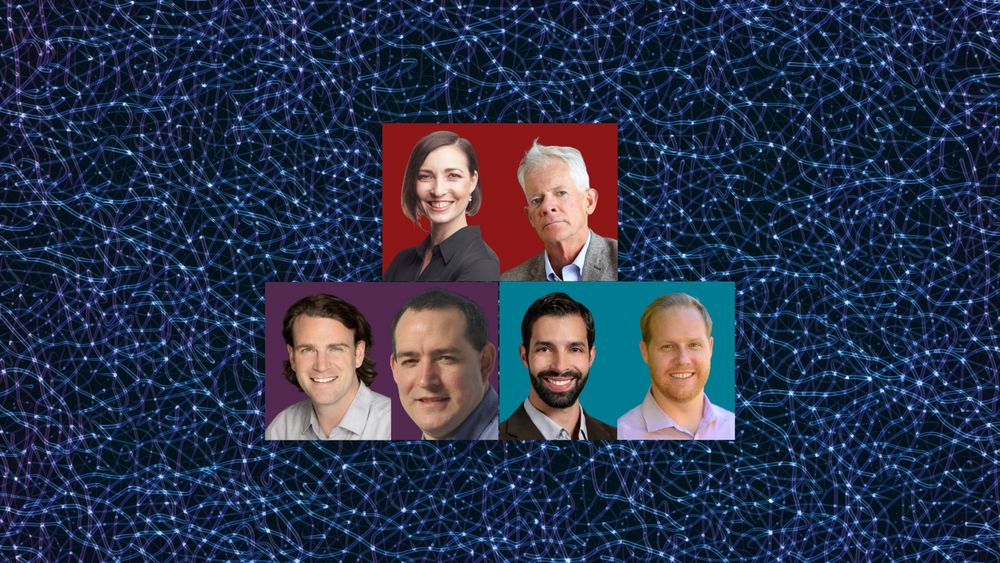
Congrats to our 2025 Neuroscience:Translate awardees! Their projects support brain imaging and stimulation technologies to improve depression treatment, broaden access to TMS therapy, and advance methods for imaging inflammation in the brain.
Learn more: neuroscience.stanford.edu/news/brain-i...
10.03.2025 19:03 — 👍 6 🔁 2 💬 0 📌 0

🧠 We are #hiring! Postdoc @stanfordmedicine.bsky.social: help us develop closed-loop EEG platforms to improve TMS treatment for depression! Coding and neuroscience / engineering backgrounds required. Join our team! precisionneuro.stanford.edu email: ckeller1@stanford.edu
18.02.2025 21:35 — 👍 14 🔁 17 💬 2 📌 1
and @chrisclineneuro.bsky.social!
14.02.2025 23:04 — 👍 1 🔁 0 💬 0 📌 0
Redirecting
1/10 🧠 We need better ways to measure brain excitability in psychiatric disorders. The prefrontal cortex—key target for brain stimulation treatments—is particularly hard to assess. Our new studies tackle this with systematic mapping! bit.ly/4cjHknX & bit.ly/3PW8RCx
14.02.2025 22:06 — 👍 16 🔁 8 💬 1 📌 2
9/9 @juhagogulski.bsky.social @coreykeller.bsky.social @stanfordpntlab.bsky.social @jessicamross8.bsky.social @sparmi.bsky.social @stanfordmedicine.bsky.social @stanfordpress.bsky.social @nihr.bsky.social Truong J., Sarkar M.
14.02.2025 22:06 — 👍 2 🔁 0 💬 0 📌 1
8/9 🔑 Key takeaways:
• Careful target selection boosts early TMS-evoked signals in dlPFC
• Most dlPFC areas can produce reliable TMS-evoked signals with optimized analysis
This work advances early TMS-evoked EEG signal as a potential biomarker for depression! #depression
14.02.2025 22:06 — 👍 2 🔁 0 💬 1 📌 0
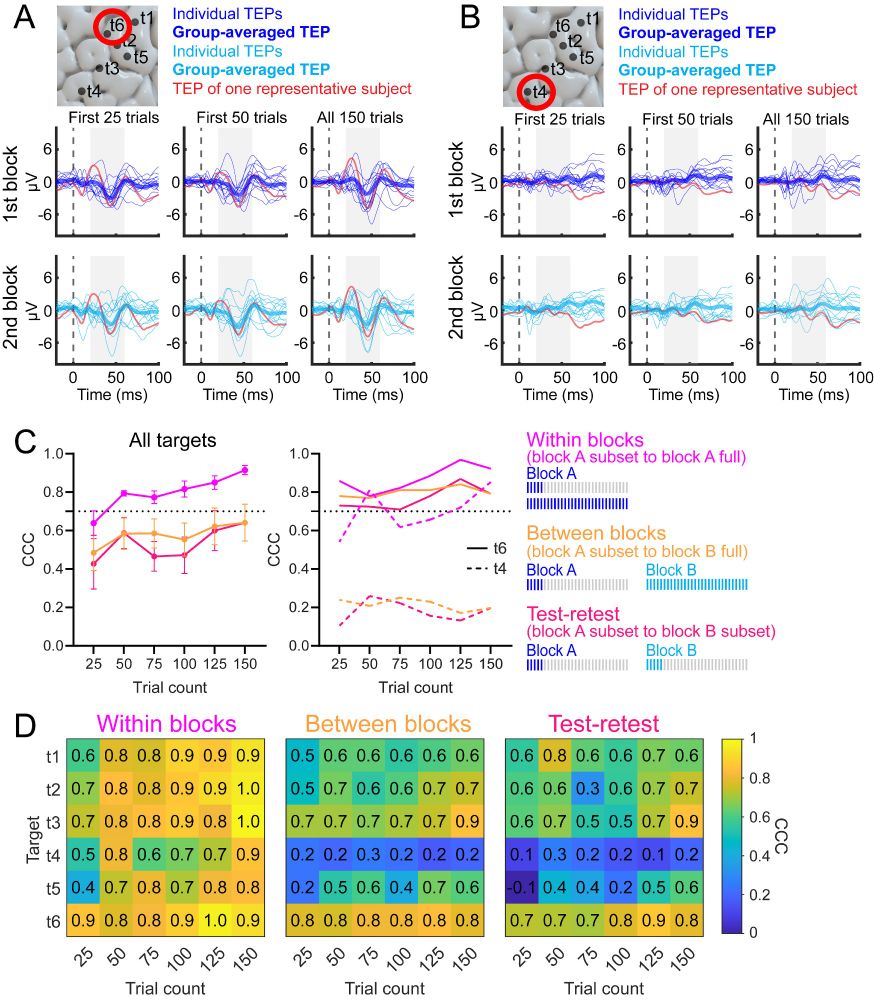
7/9 ⚡️ Surprisingly, we found that as few as 25 TMS pulses could produce reliable responses from the medial dlPFC target! This is much lower than previously thought and could allow for faster measurements.
14.02.2025 22:06 — 👍 3 🔁 0 💬 1 📌 0
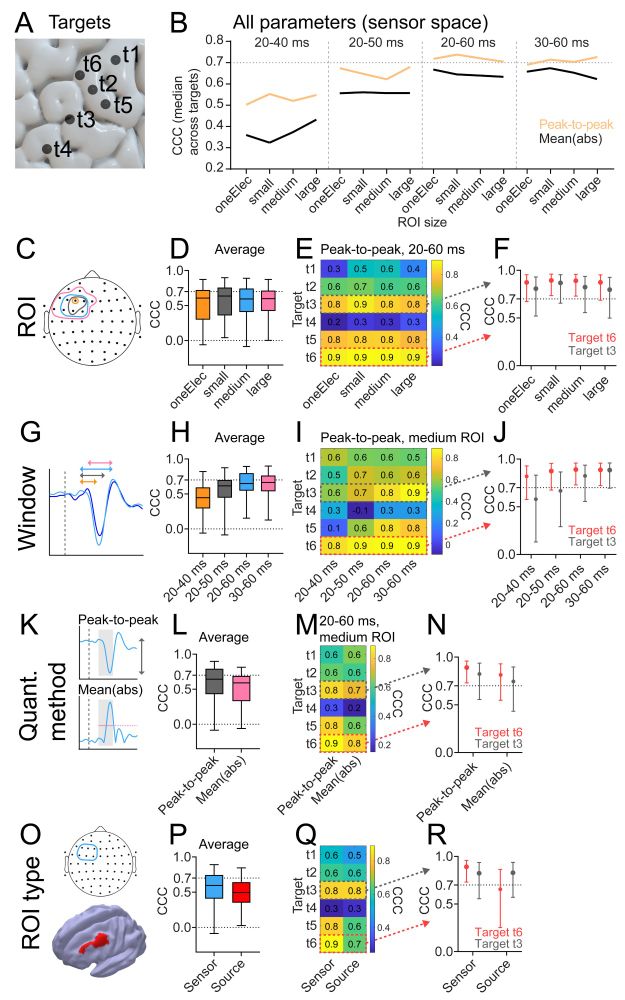
6/9 💪 We found that reliability was improved by using:
• Peak-to-peak amplitude
• Later time windows (20-60 ms or 30-60ms)
• Sensor-space (vs. source-space) analysis
ROI size didn't impact reliability much.
14.02.2025 22:06 — 👍 3 🔁 0 💬 1 📌 0
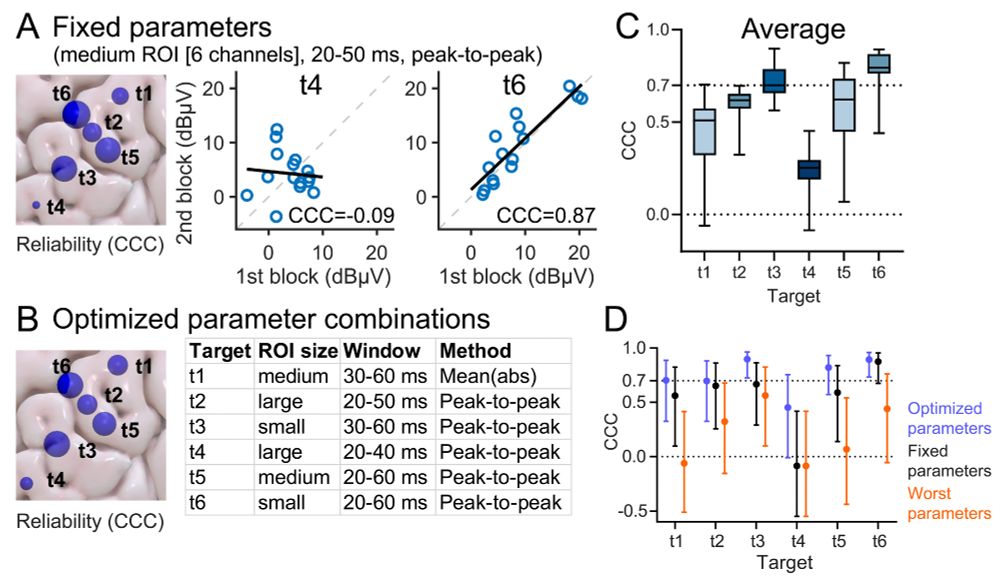
5/9 🔍 We then examined how reliable these early TMS-evoked responses are. The most medial dlPFC target was most reliable, while the most anterior was least reliable. But with optimized analysis, most targets could produce reliable signals. #reliability
14.02.2025 22:06 — 👍 3 🔁 0 💬 1 📌 0
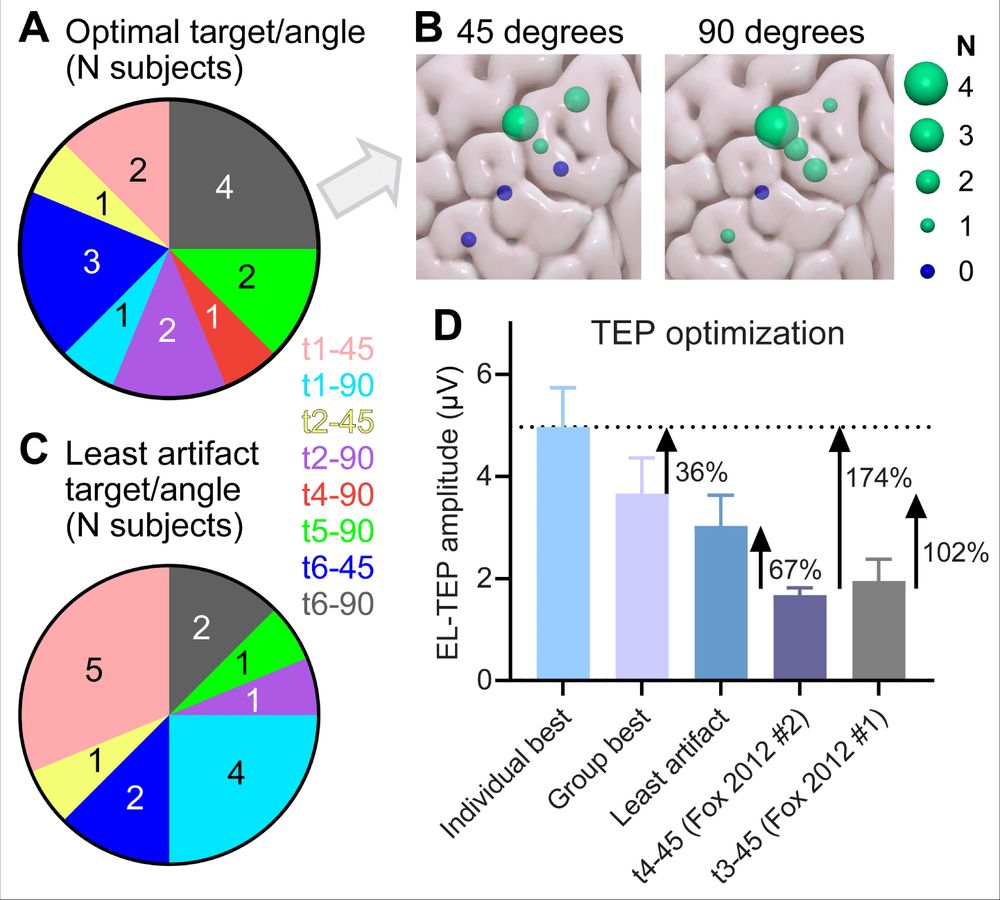
4/9 📈 The "best" dlPFC target produced responses over 2x larger than standard clinical targets! This suggests we may be able to boost the early TMS-EEG signal by carefully selecting the stimulation location. #optimization
14.02.2025 22:06 — 👍 3 🔁 0 💬 1 📌 0
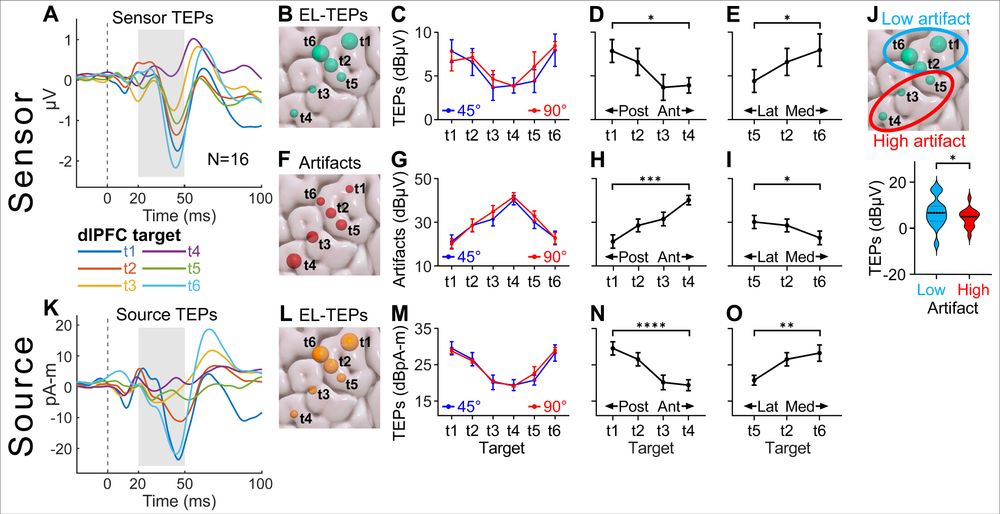
3/9 📊 We found posterior & medial targets produced larger responses with less muscle artifact compared to anterior & lateral targets. This suggests some areas of the dlPFC may be better suited for measuring brain excitability with TMS.
14.02.2025 22:06 — 👍 3 🔁 0 💬 1 📌 0
RE/MAX realtor, YIMBY, Tempe super fan, amateur guitarist
Networks, neuroscience, control theory, curiosity, science of science
🏳️🌈🏳️⚧️J Peter Skirkanich Professor, University of Pennsylvania
Associate Professor, Psychological & Brain Sciences, Johns Hopkins University.
theoretical neuroscience; open-ended cognition; memory
McLure II Professor
PennLINC | University of Pennsylvania
www.pennlinc.io
neurodevelopment, neuroimaging, neuroinformatics, & mental health
Psychiatrist. Bestselling Author. College & Healthcare Worker Mental Health. To quote the show Wednesday, “Smart, Sarcastic, & A little dead inside.” Opinions=My Own
I am the Scientific Director of the Laureate Institute for Brain Research in Tulsa, OK, USA.
Psychiatrist | Neuroscientist | Author | Deputy Editor American Journal of Psychiatry | Deputy Editor Neuropsychopharmacology | AI for Mental Health Initiative | OCD Research | Human Neural Circuitry (HNC) Program
OCD Researcher. Psychiatrist. Nerdy Mom.
The American College of Neuropsychopharmacology (ACNP) is the nation's premier professional society in brain, behavior, and psychopharmacology research.
As people with Epilepsy, we support anyone dealing with seizures.
Deus me livre do comunista que contamina os ambientes e as redes sociais por onde passa, Amém.
Social, Cognitive and Affective Neuroscience Unit, est. 2010, led by @ClausLamm and based at @univienna | Curated by @lukasmayrhofer
Collaborative Research Center on the role of patients’ #treatmentexpectations 💊👩⚕️
Joint work of @unidue.bsky.social, @uni-hamburg.de & @unimarburg.bsky.social 🎓
Speaker: @ulrikebingel.bsky.social 🗣️
Website: http://www.treatment-expectation.de 💻
#sfb289
@sfn.org journals JNeurosci and eNeuro serve the field by publishing conceptual advances in neuroscience.
https://www.sfn.org/
Associate Prof and psychiatrist. Studying psychopharmacology including psychedelics and oxytocin. Director of Translational Psychedelic Research (TrPR) Program @UCSF
Assistant Professor @Stanford interested in how glia modulate neural circuits (with a circadian twist), mom of two amazing girls. Views are my own.
Academy Research Fellow @AIV_Institute @UniEastFinland, #neuroimaging, #brainstimulation, #tractography
Website: https://cnir.net








